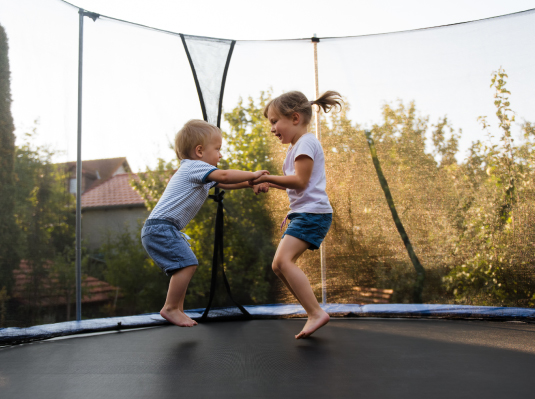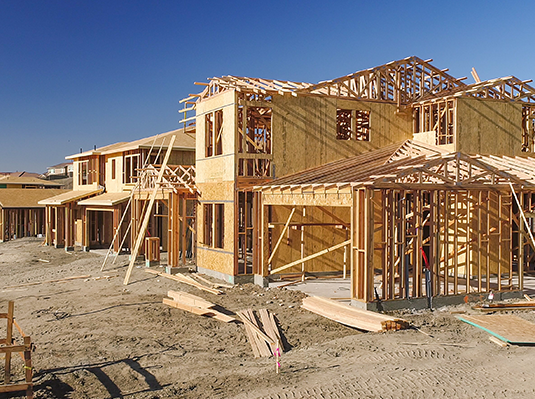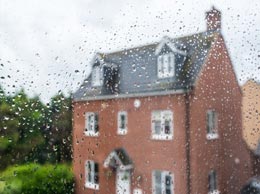
Why does my insurance care if I have a trampoline?
Your insurance company isn’t trying to keep you from having fun, but trampolines can definitely catch the attention of your insurance provider. As much fun as they can be, trampolines also come with a lot of risk. What if a neighbor breaks a neck or an arm? What if the trampoline blows into the property next door and damages it? Because of the potential liability associated with trampolines, some companies completely shy away from allowing their clients to have a trampoline on their property, while others may require that you have certain safety equipment in order for them to feel comfortable insuring the home. Liability is a big part of your homeowner's insurance that is meant to cover you for legal damages if someone were to get hurt at your property. Since it can result in some pretty large payouts, insurance companies want to mitigate that risk as much as possible and for a lot of us, trampolines can certainly fall into that category.
Trampoline Safety Tips
I’m sure there are plenty of our children or neighbors out there who have hopes of going viral by jumping off the roof, onto a trampoline, and doing a backflip to a slam dunk on the basketball hoop over the pool. Unfortunately, most of the time, it doesn’t go as planned. So how can I be safe and try to avoid injuries?
-
Nets - Putting a safety net around your trampoline is probably the most common safety feature related to trampolines these days and sometimes may be required by your insurance company.
-
Padding - Another easy addition to trampoline safety. Exposed springs can be a huge safety hazard, so make sure they’re fully padded and in good shape to avoid potential injuries.
-
Stakes - The more people you have jumping around on the trampoline, the more it's going to be moving around. Consider adding some stakes to secure your trampoline for some extra stability so you can avoid it from tipping over.
-
Location - The first consideration you should have in the placement of your trampoline is how easy it is for others to access. If it’s in your front yard or if your back yard has no fence, this can be a cause of concern since the neighborhood kids, or even adults, could come over and jump without any permission or supervision. It’s safe to say that less supervision means an increased risk of injury where you could still be held liable. The second concern would be how close the trampoline is to other dangers around the home. Like I mentioned earlier, that trampoline that is close to the roof or pool, leads to some temptations to do really “cool” things - so make sure it’s in a safe space.
Liability with a Trampoline
What happens if someone does get hurt on my trampoline? Can they sue me for their injuries? Well, that can definitely happen, which is why it’s essential to maintain high liability coverage on your homeowner’s policy. This is part of why it’s so important to check with your insurance company before you buy a policy to make sure you’re going to be covered properly if you have a trampoline.
The contents of this article are for informational purposes only. You should not act or refrain from acting based on this information without first consulting a Goosehead licensed agent at [email protected]. We disclaim all liability for actions taken or not taken by you based on the contents of this article which is provided "as is." Goosehead makes no representation that this content is error-free.


